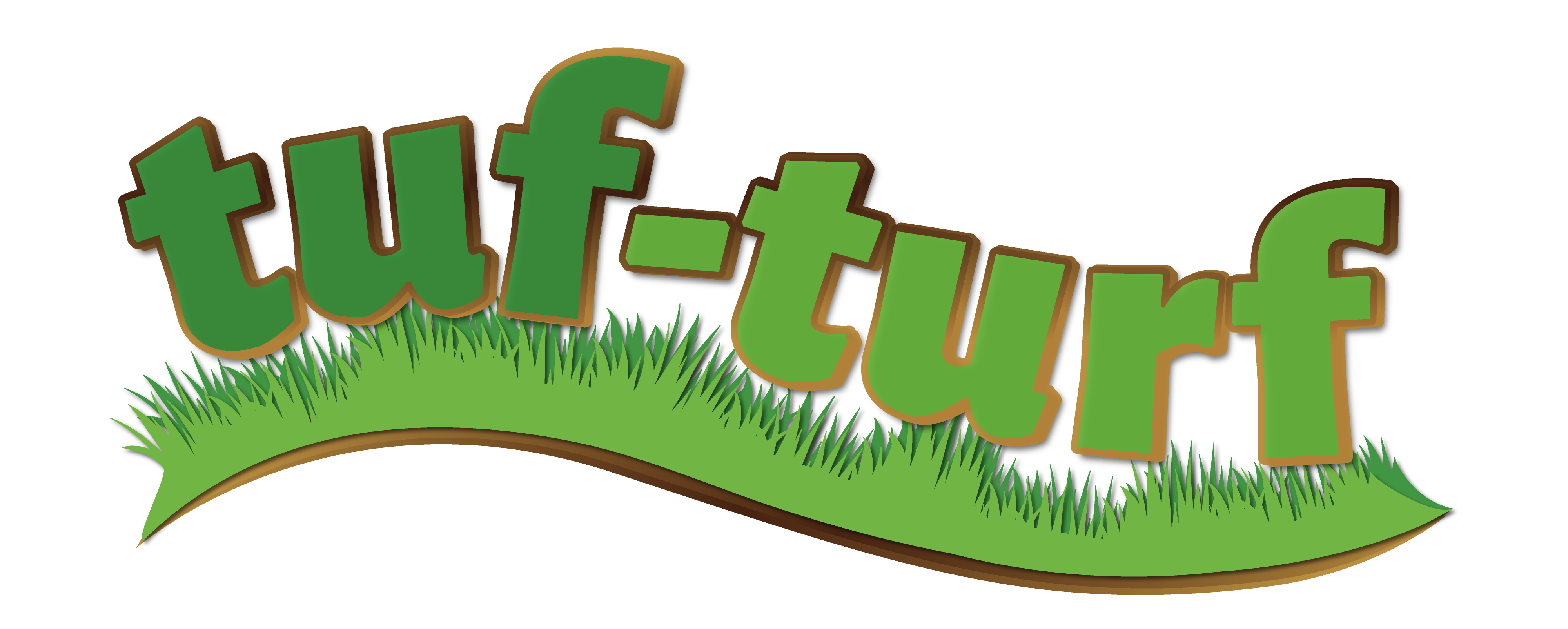Hey there, lawn enthusiasts! Whether you’re a seasoned gardener or a newbie trying to get that perfect green lawn, knowing when, how and what type of fertilizer to use is crucial. Read our Guide to Lawn Fertilizer: Keeping Your Lawn Lush and Green. Let’s dive into the world of lawn fertilizer—how often you should use it, what types to choose, and how to apply it for the best results, especially if you’re in the lovely climate of Victoria, BC.
Fertilizing Schedule: Four Times a Year
First things first, let’s talk about how often you should be fertilizing your lawn. The sweet spot is four times a year. Yep, you read that right—just four times can make all the difference. Here’s a handy breakdown:
- Early Spring (March-April): As soon as the snow melts and the grass starts growing, it’s time for the first feeding. This helps your lawn wake up with a strong start.
- Late Spring (May-June): This feeding ensures your grass has the nutrients it needs to withstand the coming summer heat and showcase the colour and vigor of your healthy lawn
- Late Summer (August-September): After a summer of wear and tear, your lawn will benefit from a nutrient boost to help it recover and start to set roots for the upcoming cold (vacation) seasons.
- Fall (October-November): The final feeding preps your lawn for winter, strengthening roots and increasing disease resistance preparing it for the warmer weather that comes in March.
Understanding Fertilizer Numbers
When you’re shopping for fertilizer, you’ll notice three numbers on the packaging, like 18-24-12 or 16-0-31. These numbers represent the percentage of nitrogen (N), phosphorus (P), and potassium (K) in the fertilizer. Here’s what each does:
- Nitrogen (N): Promotes lush growth, creating the dark green colour of a healthy lawn.
- Phosphorus (P): Encourages strong root development.
- Potassium (K): Enhances overall plant health and disease resistance.
For a well-balanced lawn, using the right fertilizer mix at the right time is essential. Here are the specific Tuf-Turf fertilizers to use throughout the year:
Starter, Spring, and Summer Fertilizer (18-24-12): This mix is perfect for the growing season. The high nitrogen content promotes vibrant green growth, while phosphorus supports strong root development. Potassium aids in overall health and stress tolerance.
Fall and Winter Fertilizer (16-0-31): As the growing season winds down, switch to this mix. The high potassium content helps strengthen roots and prepare your lawn for the cold winter months. Notice there’s no phosphorus in this mix, as it’s not needed during this period.
Factors Affecting Fertilizer Efficiency
Beyond just the fertilizer itself, several factors can influence how well your lawn absorbs nutrients:
- Watering: Essential for dissolving the fertilizer and helping roots absorb nutrients. Water your lawn deeply but infrequently to encourage deep root growth.
- Sunlight: Grass needs plenty of sunlight to photosynthesize and utilize the nutrients effectively. In shady areas, you might need to adjust your fertilizer type and frequency.
- Soil Type: Sandy soils drain quickly and might need more frequent fertilizing, while clay soils retain nutrients longer.
- P.H. Checking and correcting your p.h. can help enormously
Methods of Spreading Fertilizer
When it comes to applying fertilizer, you’ve got a few options. Here they are, ranked from best to still-good-but-not-quite-the-best:
- Broadcast Spreader: This is the top choice for most lawns. It spreads fertilizer evenly over a wide area, ensuring consistent coverage. Make sure that you make 2 or more passes to ensure even coverage.
- Drop Spreader: Offers more precision than a broadcast spreader, ideal for smaller lawns or areas where you need to avoid fertilizing garden beds. However, the one challenge with a drop spreader is the potential for over-fertilizing your lawn creating problems.
- Handheld Spreader: Great for small lawns or touch-up areas, but it requires a bit more effort to ensure even distribution.
- Manual Hand Spreading: Not ideal for large areas due to uneven coverage, but it works in a pinch if you don’t have other tools.
Final Tips
Don’t Overdo It: More isn’t better when it comes to fertilizer. Over-fertilizing can burn your lawn and harm the environment.
Keep an Eye on the Weather: Apply fertilizer when the weather is calm to avoid it blowing away and when rain is not immediately expected to prevent runoff. Always water after your fertilizer application to help settle it in and avoid burning.
With these tips in mind, your lawn will be the envy of everyone in Victoria B.C. in no time.

